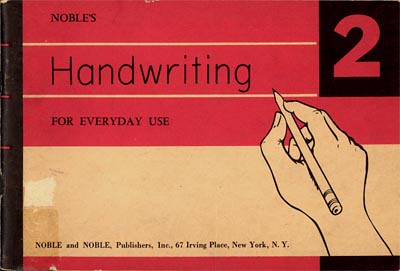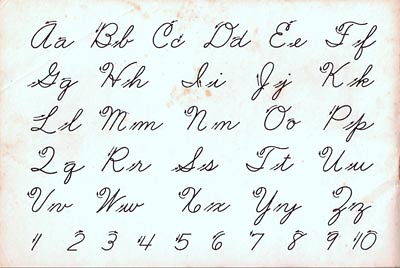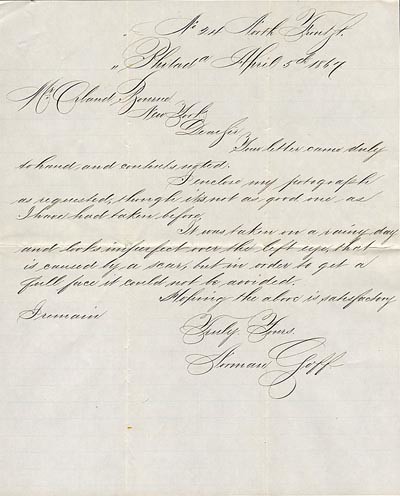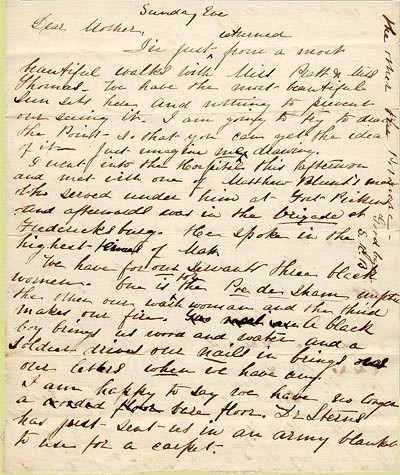Despite being of a generation that was taught to write the "Noble" way, I have lousy penmanship:
 My generation's students were taught how to write properly with the Noble’s Handwriting series. This one, for the Second Grade, still focused on manuscript (block) printing. Noble’s Handwriting for Everyday Use 2, 1953. From the University of South Carolina's Rare Books & Special Collections website.
My generation's students were taught how to write properly with the Noble’s Handwriting series. This one, for the Second Grade, still focused on manuscript (block) printing. Noble’s Handwriting for Everyday Use 2, 1953. From the University of South Carolina's Rare Books & Special Collections website.
 Cursive writing was taught starting in the Third Grade. From Cindy is Crafty's flickriver.
Cursive writing was taught starting in the Third Grade. From Cindy is Crafty's flickriver.
No matter how hard I practiced, my motor control lacks the element which allows for smooth lines and fine writing. My oldest sister had championship lettering, so I believe that she got the bulk of the family's handwriting gene. When my various jobs required mechanical or electrical drawings, I was a whiz with the T-square, triangle and French curve. But when it came to the hand lettering, I was a disaster. Then came Autocad and the angels sang.
My lack of ability in that department has always led me to admire calligraphy and fine handwriting - especially the Spencerian Handwriting of the 19th Century:
 An elegant 1867 example of Spencerian Handwriting. From The Young Campaigner website.
An elegant 1867 example of Spencerian Handwriting. From The Young Campaigner website.
Unfortunately, most writers of the period were less elegant:
 The more usual style of handwriting from the period. Note the shading in the letters in both examples. From The Young Campaigner website.
The more usual style of handwriting from the period. Note the shading in the letters in both examples. From The Young Campaigner website.
I've spent hundreds of research hours studing, admiring and trying to decipher handwriting from mid-19th Century to the 1920s, and I've noticed changes in style from decade-to-decade. So it was no surprise to see a CNN article yesterday - titled
"Handwriting through the ages: An abridged history of English script" - that talks about changes from century-to-century.
And remember - January 23 is National Handwriting Day. Swear off texting and email for 24 hours and write someone a letter in longhand.
Labels: Handwriting



